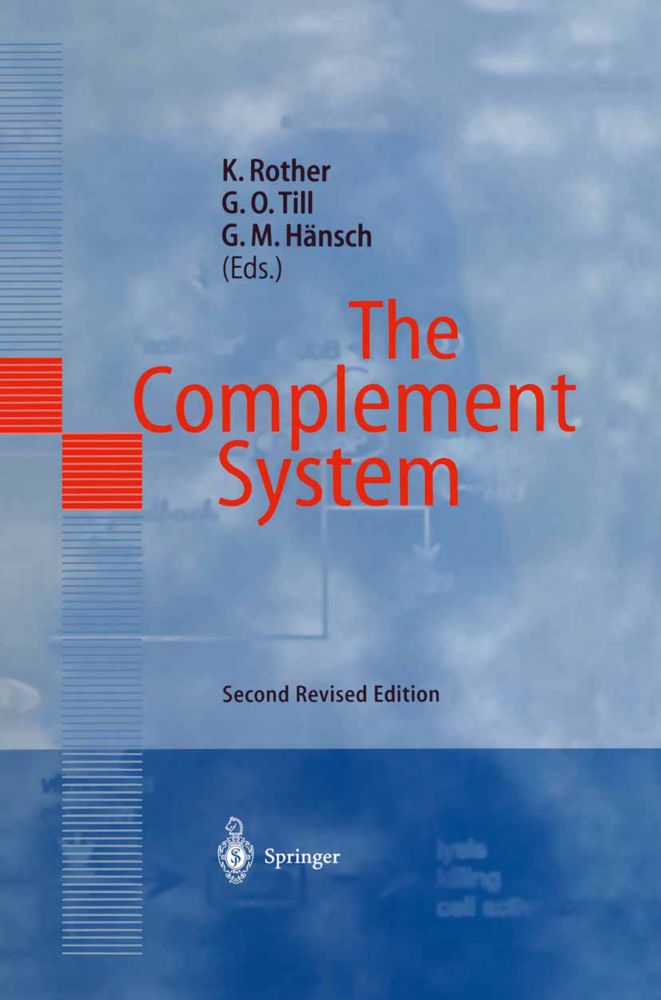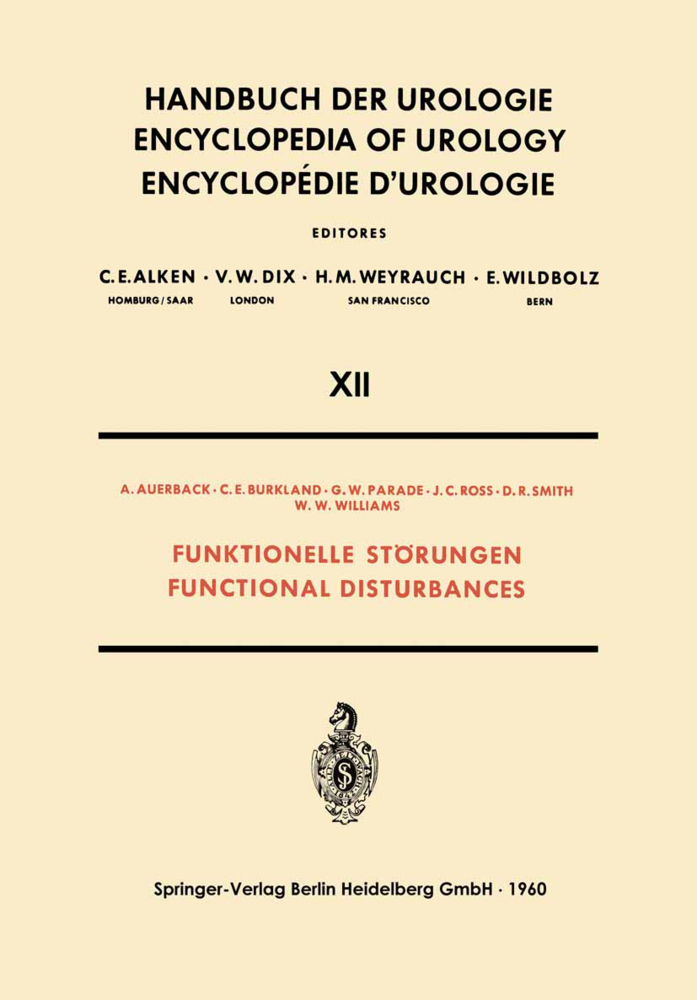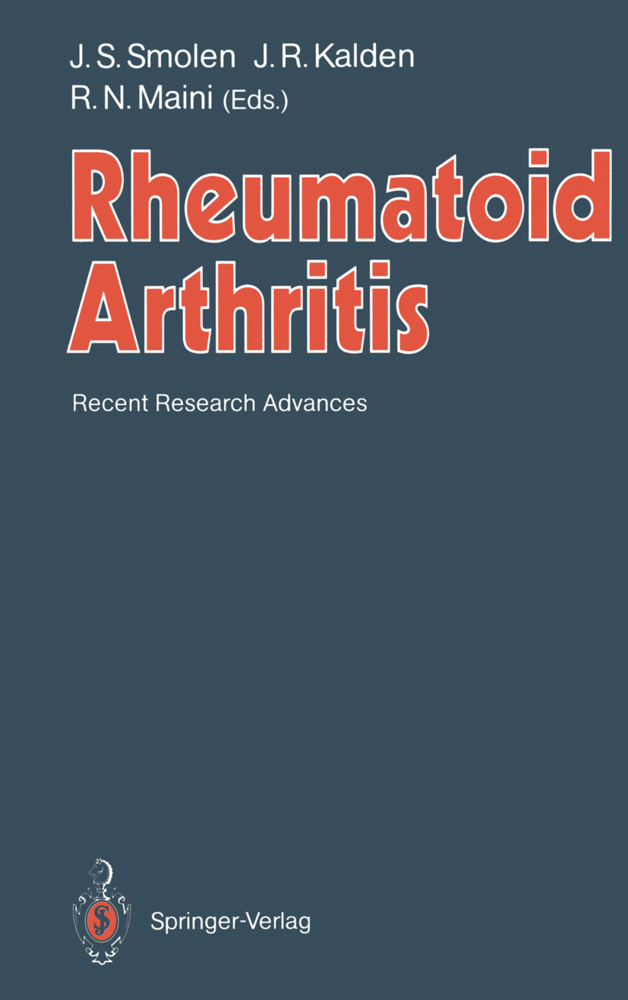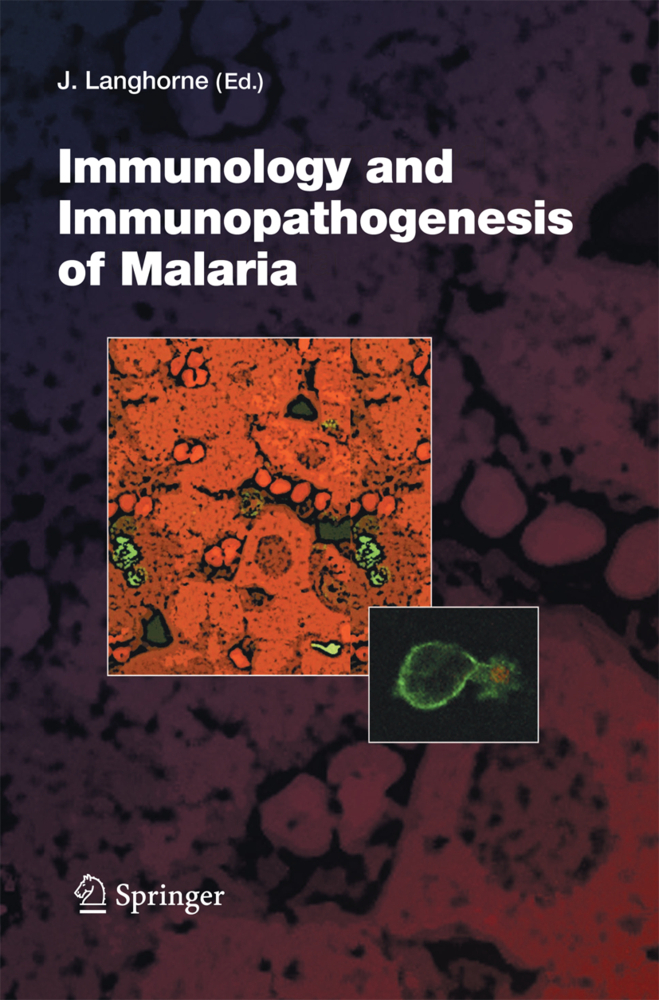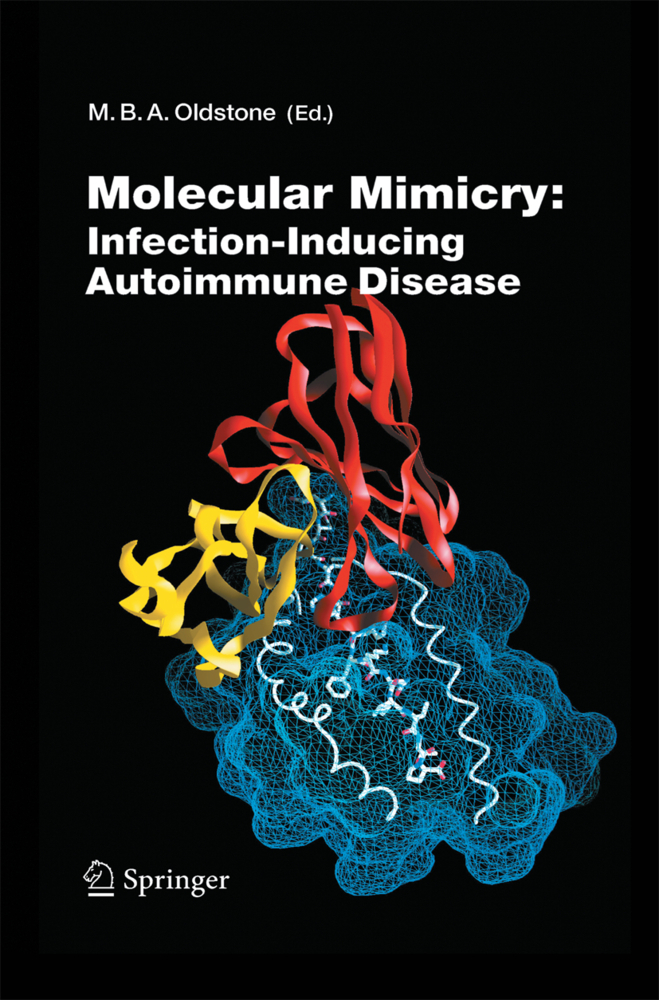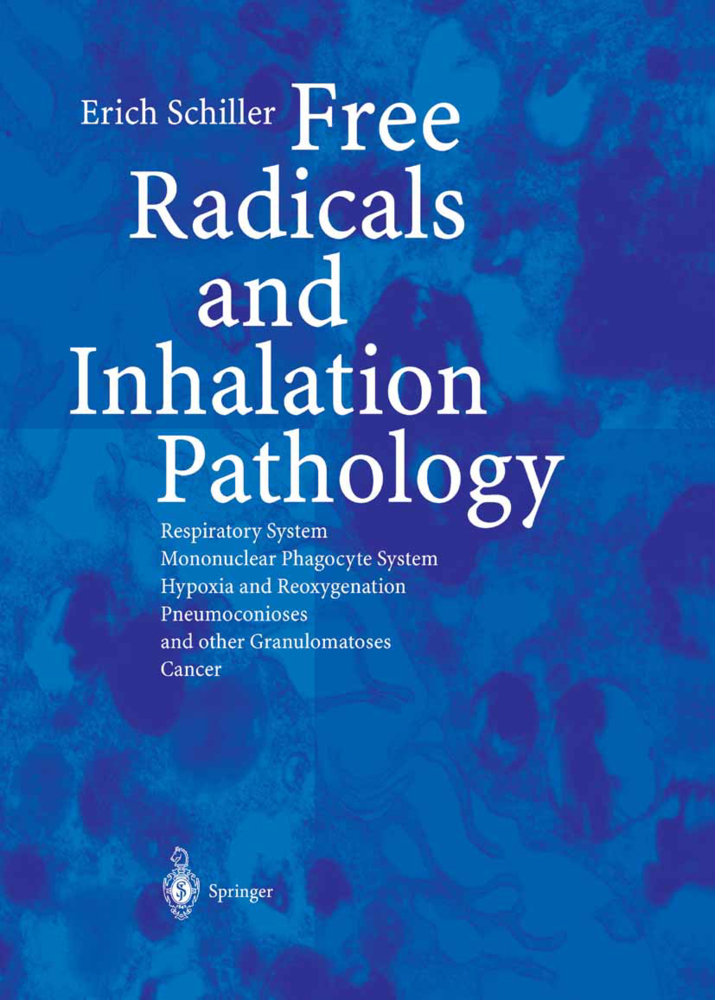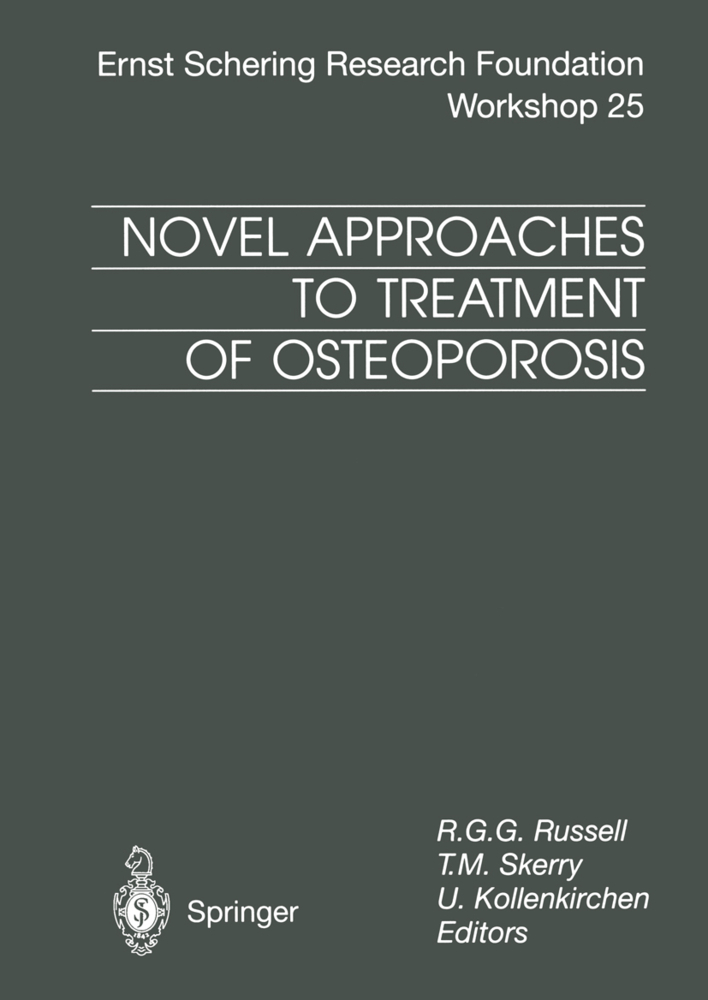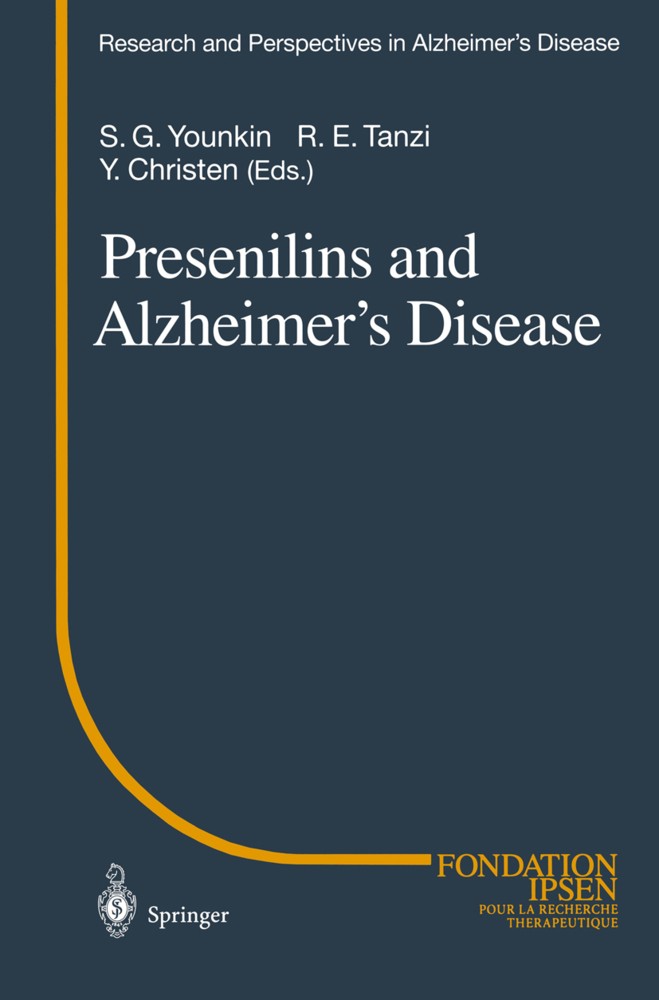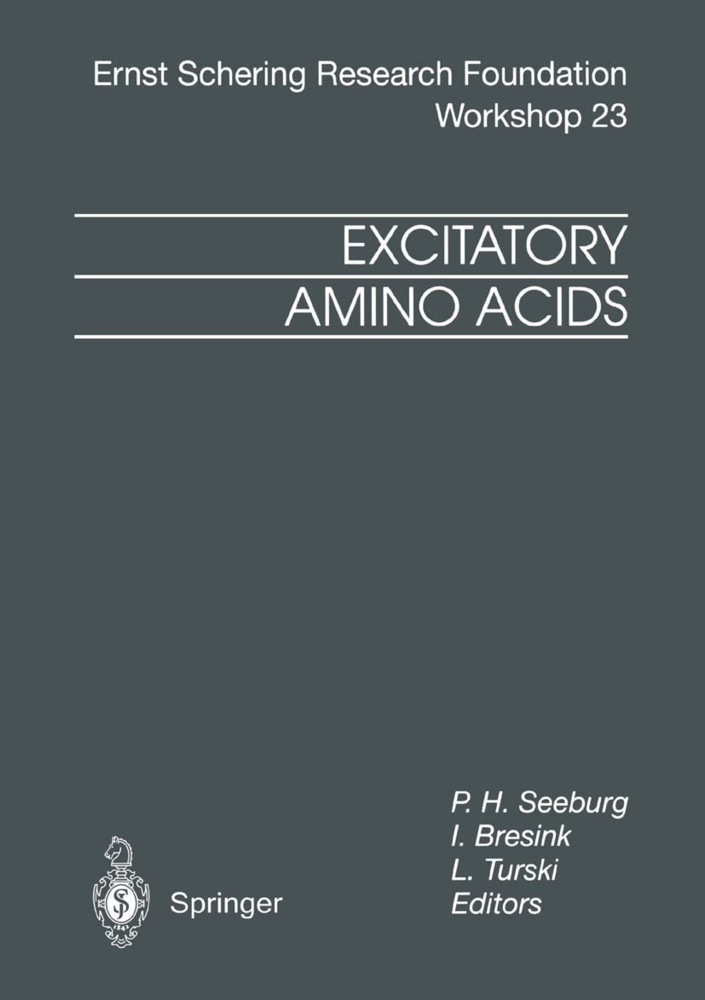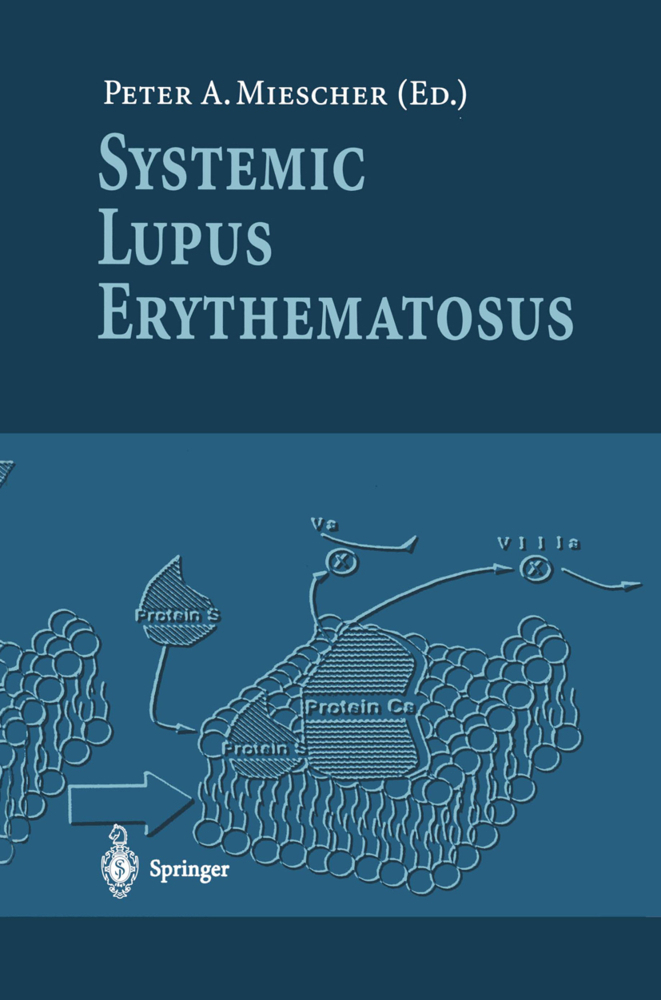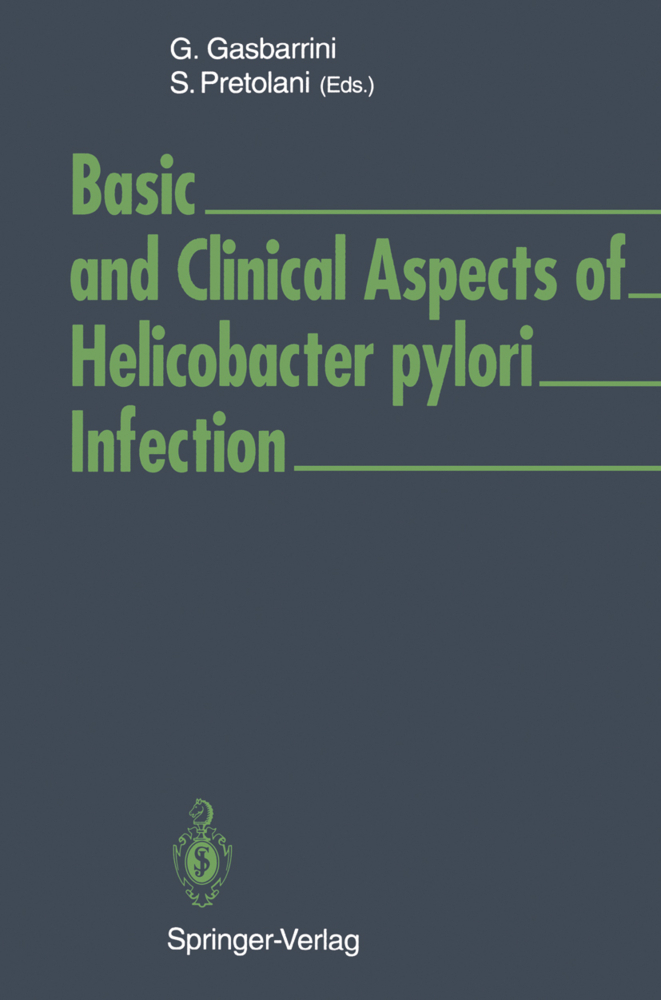The Complement System
The Complement System
The aim of the former editions remains unchanged in the present updated version, namely to put forward a general and comprehensive review on complement. It is intended not only for individual investigators working in this specific field, but also for those who are less familiar with it. Students or younger scientists will hopefully be stimulated and attracted by the fascination of complement biology. Again, it was clear from the beginning that the field has experienced an explosive expansion in various directions and continues to accumulate data too large to be dealt with by a single author in a critical and coherent manner. The editors are grateful that the invited authors, all of them leading scientists in their field, helped again to make The Complement System a true mirror of the state of the art. Some parallels in the various chapters were accepted, as was a particular emphasis on newer developments in some chapters.
1.2 Reactivity
1.3 Surface Receptors and Signaling Pathways
2 Biologic Functions
2.1 Complement in the Induction of Antibody Response
2.2 Maintenance of Immune Complex Solubility and Immune Adherence
2.3 Interaction with Effector Cells
2.4 Host Defense Against Infection
2.5 Possible Role of Complement Regulators in Reproduction
2.6 Network Interactions of the Complement System with Other Serum Mediator Systems
3 Pathology
3.1 Complement Deficiencies in Animals: Impact on Biological Functions
3.2 Complement Deficiencies in Humans
3.3 C3 Nephritic Factor
3.4 Complement in Inflammation
3.5 Role of Complement in Graft Rejection
3.6 Complement Activation on Artificial Surfaces in Biomedical Therapies
3.7 Adverse Reactions to Drugs
4 Complement Manipulation In Vivo
5 The Clinical Laboratory: Testing the Complement System.
1 Components and Reactivity
1.1 Components1.2 Reactivity
1.3 Surface Receptors and Signaling Pathways
2 Biologic Functions
2.1 Complement in the Induction of Antibody Response
2.2 Maintenance of Immune Complex Solubility and Immune Adherence
2.3 Interaction with Effector Cells
2.4 Host Defense Against Infection
2.5 Possible Role of Complement Regulators in Reproduction
2.6 Network Interactions of the Complement System with Other Serum Mediator Systems
3 Pathology
3.1 Complement Deficiencies in Animals: Impact on Biological Functions
3.2 Complement Deficiencies in Humans
3.3 C3 Nephritic Factor
3.4 Complement in Inflammation
3.5 Role of Complement in Graft Rejection
3.6 Complement Activation on Artificial Surfaces in Biomedical Therapies
3.7 Adverse Reactions to Drugs
4 Complement Manipulation In Vivo
5 The Clinical Laboratory: Testing the Complement System.
Rother, K.
Till, Gerd O.
Hänsch, Gertrud M.
| ISBN | 978-3-642-63711-7 |
|---|---|
| Artikelnummer | 9783642637117 |
| Medientyp | Buch |
| Auflage | 2. Aufl. |
| Copyrightjahr | 2012 |
| Verlag | Springer, Berlin |
| Umfang | XX, 564 Seiten |
| Abbildungen | XX, 564 p. |
| Sprache | Englisch |

